
“I use My Marketing Experience (MMX) to prepare students for the decisions that have to be taken to successfully market a product. I utilise MMX as a foundation for students to expand on the alternative strategies they could adopt in business as well as consider the advantages and disadvantages of each strategic approach.”
.jpeg?width=188&height=250&name=Marian%20(002).jpeg)
As part of her postgraduate 'Marketing Management' module, Dr. Marian Makkar decided to use a marketing simulation as part of her commitment to embed best practice, experiential learning techniques. She also wanted her students to immerse themselves in a realistic marketing and wider business environment as part of her programme's wider learning outcome for Work Integrated Learning (WIL). In this case study we take a look at how her students used the My Marketing Experience simulation.
"My teaching is embedded in pedagogical practices around the latest research on experiential learning. The curriculum I offer encourages the students to immerse themselves in an experience that is close to reality, where they can reflect on these experiences to develop new skills, new attitudes and new ways of thinking.
I chose to incorporate an online marketing simulation because it allows teams of marketing students to analyse the changing marketplace, set strategies, take tactical actions based on real world occurrences, and compete against each other. It serves as a bridge between learning and real-life experiences and it helps prepare students to become work ready through this recreated virtual business world and provides them with an applied experience."
"The simulation helps me achieve four out of five of my course’s learning objectives:
"Two out of three of my assessments, around 80% on the module, feature the simulation. I don’t assess the ranking of the simulation itself but on the student’s engagement with the simulation, their use of theories, and their reflection of using the simulation and the decisions they made.
One of the assignments is a report on the research, market share, and market information provided by the simulation which are relevant to the industry. Students are also asked to provide a critical discussion of the external situation analysis at multiple levels such as industry, product category, product segment, and sub-segments, and brand. I also ask students to utilise the learnings and resources from the course (e.g. models and theories/concepts), as well as the information in the simulation, to make informed judgements about their product's overall performance.
The other assessment is a group presentation delivered to their peers. Here, group members firstly present their business decisions based on their tactical implementation plan which includes applying the marketing mix, their marketing communication strategy and media channels. Groups asked to consider the ethical, social and cultural issues in the marketing context and demonstrate professional skills through critical thinking in developing a logical and commercially robust marketing implementation plan that will meet the marketing objectives and strategic competitive position.
The second criteria is for members to reflect on the role of managing marketing activities. They need to demonstrate what the team has learned through the process of marketing their jeans brand. Groups are also asked to reflect using feedback-forward thinking; that is, they reflect on alternative strategies that they could implement in the future if they were to encounter performance problems. It’s very important for groups to draw from and reflect on their collaborations and team work."
We received very positive feedback from students. Here were some of the percentages recorded from the student evaluation surveys:

Here are also a few examples of the qualitative feedback we received from students:
.png?length=300&name=unnamed%20(11).png)
.png?length=300&name=unnamed%20(7).png)
.png?length=300&name=unnamed%20(8).png)
.png?length=300&name=unnamed%20(6).png)

.png?length=300&name=unnamed%20(10).png)
.png?length=300&name=unnamed%20(5).png)
.png?length=300&name=unnamed%20(9).png)
.png?length=300&name=unnamed%20(4).png)
.png?length=300&name=unnamed%20(2).png)
.png?length=300&name=unnamed%20(1).png)
.png?length=300&name=unnamed%20(3).png)
.jpg?length=300&name=unnamed%20(2).jpg)
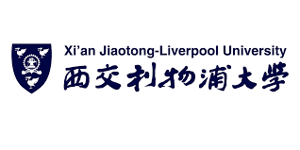
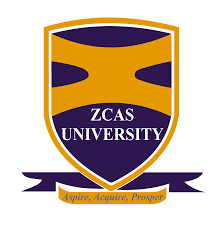
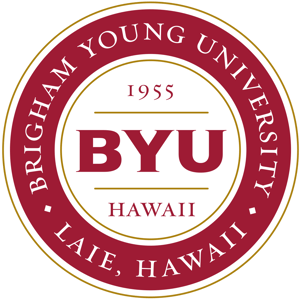

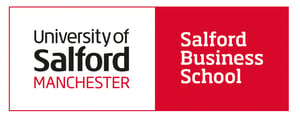
.png?length=300&name=loughborough-university-logo%20(small).png)

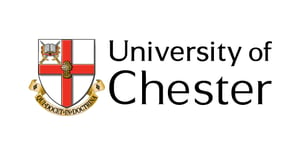
 Management simulation
Management simulation Edubook
Edubook
application recieved
We have received your question and we will return to you within 24 hours on workdays.